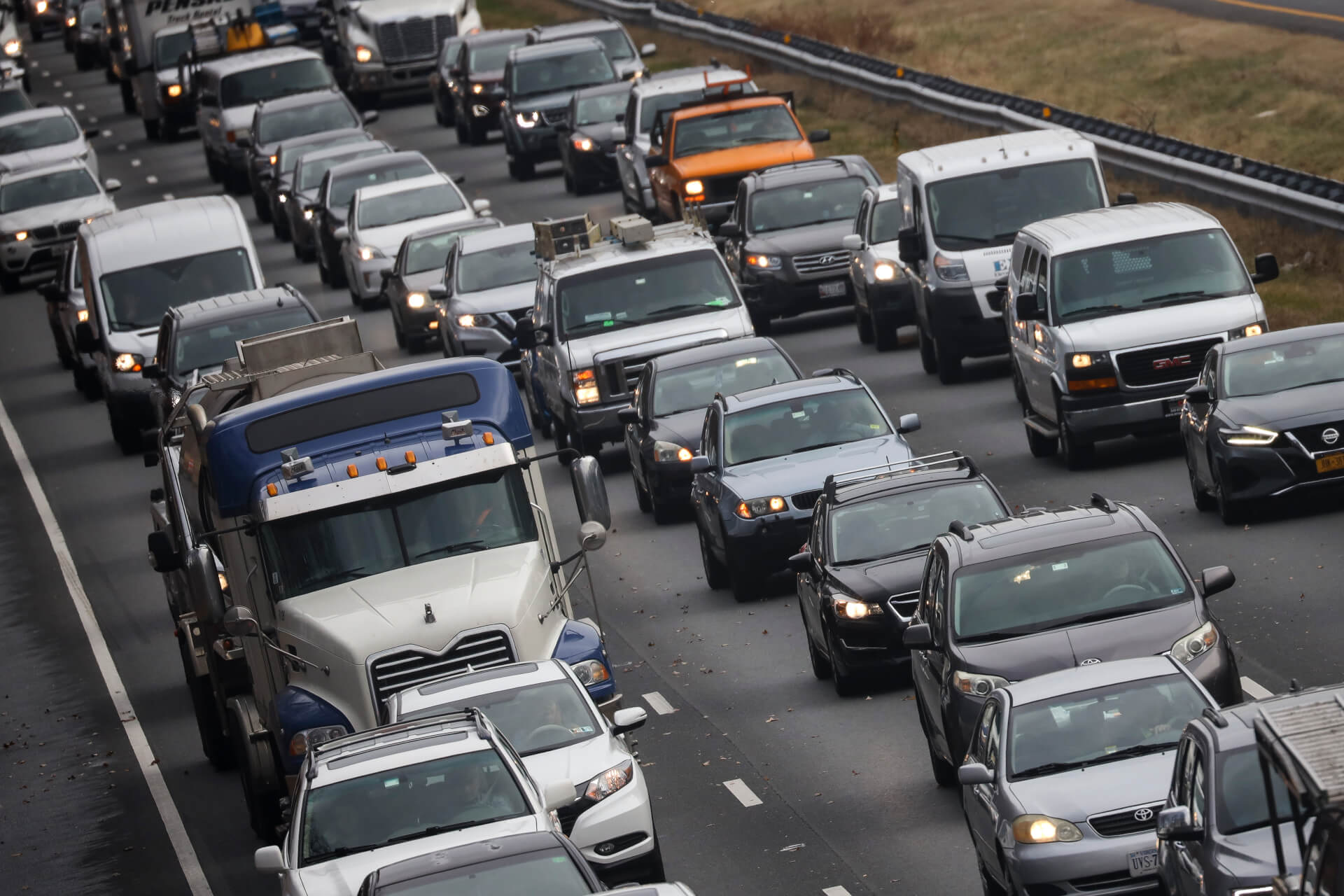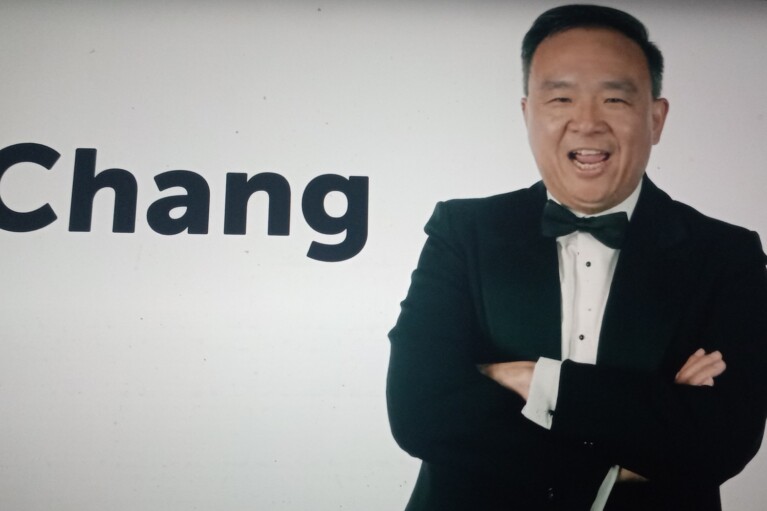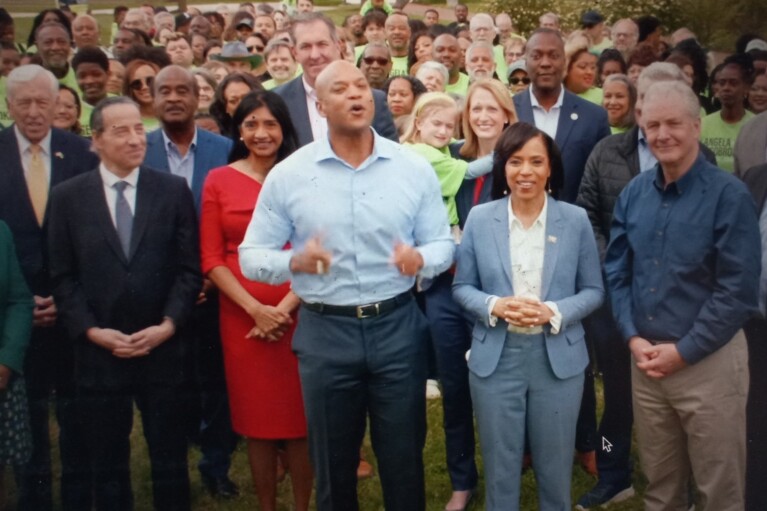Opinion: Plans to Privatize Maryland’s Highways with Toll Lanes are Not in the Public Interest

By Gary V. Hodge
The writer is president of Regional Policy Advisors, vice chair of the Maryland Transit Opportunities Coalition, and a former Charles County commissioner. He has been engaged in state and regional transportation projects and advocacy for 50 years as a planner, public official, consultant, and citizen activist.
Today Maryland’s interstate highways, I-495 and I-270, still belong to the public. Our taxes paid for them, we depend on them, and we expect that any changes to them will be made in the public interest by accountable representatives of the citizens of Maryland.
But something new and disturbing is happening. When the Board of Public Works approved private toll lanes for I-495 and I-270, they said ‘yes’ to the idea of surrendering control of our public highways for the next 50 years to a private conglomerate whose mission — to maximize its own profit — may well come at the public’s expense and long-term interests. Only now, as the state’s current administration is racing in its final months to finalize an opaque deal with toll-road giant Transurban, are the implications of this radical transfer of public assets becoming clear.
Transurban, the company selected to lead the design, construction, financing, operation, and maintenance of the toll lanes, is a powerful foreign corporation based in Australia whose economic model requires continuous expansion. Transurban’s CEO speaks openly of plans to build a continuous network of toll-lanes to encircle Washington, DC, then move on to privatize billions more dollars’ worth of U.S. transportation assets. In fact, it can be said that Transurban has embarked on a hegemonic quest to establish a North American toll-road empire, with I-270 and the Capital Beltway its newest acquisitions, and projects like the proposed new Chesapeake Bay Bridge a future target of opportunity.
While Transurban may only have a concession on the toll-lane assets, in practice it would control traffic all across the highway network, including the existing free lanes. In private toll lane schemes like this, the concessionaire raises tolls very high just prior to rush hour, when the vast majority of drivers can’t or won’t pay. This jams up the free lanes and makes the toll lanes more attractive to those affluent drivers willing to pay. Peak tolls could be as high as $50 each way from Shady Grove to the George Washington Memorial Parkway. The Maryland Department of Transportation’s own documentation shows that building toll lanes would offer little or no benefit in shorter travel times to drivers in the free lanes during the evening rush.
If the Maryland toll lane deal goes as planned, Transurban will own and control the American Legion Bridge/I-495/I-270 toll-lane assets and can trade and sell them on the world market. This has already happened in Virginia, where Transurban sold half its stake in the toll lanes it built on the Northern Virginia side of the Capital Beltway.
The governor says all the present highway lanes will remain free. But the existing I-270 HOV lanes would be converted to High Occupancy Toll (HOT) lanes for Transurban’s profit. So using the toll lanes on I-270 would be tantamount to paying to drive on highways that Maryland taxpayers already own — essentially paying twice to use the same infrastructure.
Transurban and Virginia plan to “uncork” the toll lane merge-point bottleneck in Virginia, moving the bottleneck to Maryland. Bottlenecks are a convenient device for continued expansion of toll lanes, as Virginia has demonstrated. Toll lanes at the merge point create congestion and accidents, forcing transportation agencies to approve contracts to extend the toll lanes. This is part of the long-term strategy of toll lane developers to control the region’s transportation network and the increased revenue stream and potential profits that go along with it.
The Hogan administration claims the only way to free-up state funds for other infrastructure projects is to mobilize private capital by partnering with Transurban in a public-private partnership (P3). But a value-for-money analysis was not done to verify the merits of this approach compared with the State’s conventional financing methods. The state signed the predevelopment contract with the Transurban-led consortium Accelerate Maryland Partners without adequate legal and financial review of the costs, risks, and implications of the contract and its numerous compensation and relief events. The former state treasurer requested funding to perform an expert fiscal analysis, but the administration denied the request. As the Purple Line P3 contract vividly illustrated, contract provisions — and flaws in them — can have serious repercussions for the state.
The toll lane project being pushed in Maryland has high hidden costs and consistently subordinates public interests — including health, safety, environment, climate, equity, and local and regional priorities — to private interests.
In recent days serious questions are being raised — in Maryland and Virginia — about Maryland’s obligations and financial risks that are still hidden in the secret terms of the Capital Beltway Accord announced almost three years ago by the two Governors, and new revelations of the need for Maryland to build five flyover ramps in Virginia.
If the I-495 and I-270 toll-lane P3 project is allowed to move forward, our next governor may find their ability to stand up to Transurban and make major infrastructure decisions in the public interest significantly diminished. The predevelopment contract already gives Transurban a de facto monopoly on future toll lane extensions in Maryland if a final construction contract is approved. And also troubling, Maryland’s public-private partnership law does not contain the kinds of provisions for protection of the public interest that Virginia’s does.
We can clear the decks and develop a far better transportation strategy in collaboration with Maryland’s counties and cities without sacrificing our ability to control publicly funded assets, in the public interest. The state of Maryland recently reported the largest budget surplus in its history, and the new $1.2 trillion national infrastructure program will deliver billions more to our state for highway, bridge, and transit improvements.
Transportation investment decisions are some of the most consequential the state makes. We need to build the modern transportation system our people will need in the future, not double-down on highway-building as the default setting for our capital investment program, or make a half-century deal with toll-road profiteers that denies the next generation of Marylanders the freedom to design a new mobility strategy that lays the foundation for our 21st century economy.
The coming months will determine whether the public good or private profit will dominate Maryland’s transportation policy for decades to come.
Votes are already being cast in this year’s primary election. With a dozen candidates running for governor, a few hundred votes could decide the outcome. And whoever is elected governor on November 8 may be in a position to decide the fate of this misguided project after taking the oath of office in January. Now is the time to study the candidates’ positions on this critical issue, and choose wisely. Every vote counts.




 Creative Commons Attribution
Creative Commons Attribution